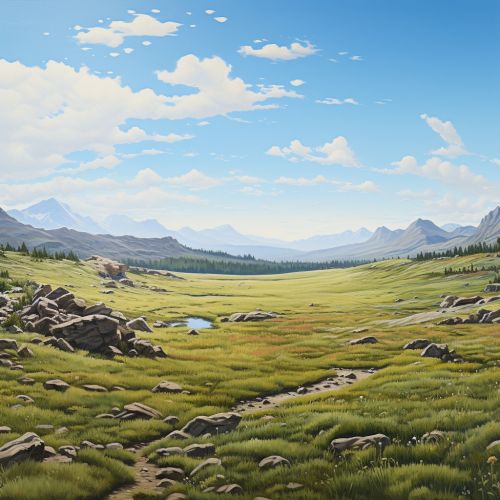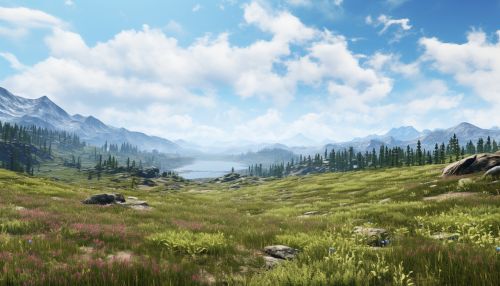The Ecology of Alpine Tundra Ecosystems
Introduction
The alpine tundra is a type of natural region or biome that does not contain trees because it is at high altitude. The high altitude causes an adverse climate, which is too cold and windy to support tree growth. Alpine tundra transitions to sub-alpine forests below the tree line; stunted forests occurring at the forest-tundra ecotone are known as krummholz.


Climate
The climate of the alpine tundra is characterized by harsh conditions. Temperatures are often below freezing and can drop even further during the winter. The growing season is short, typically only about 180 days. The soil in the alpine tundra is also well-drained. The combination of cold, wind, and limited precipitation results in a barren landscape with few trees.
Flora and Fauna
Despite the harsh conditions, a variety of plants and animals call the alpine tundra home. The vegetation is usually low-lying and consists of grasses, mosses, and lichens. These plants have adapted to the harsh conditions by growing close to the ground and having a short growing season.
The fauna in the alpine tundra is also quite diverse. Animals such as the snow leopard, alpine marmot, and mountain goat are well-adapted to the harsh conditions. These animals have thick fur to keep warm and hooves or paws that are well-suited for the rocky terrain.
Human Interaction
Human interaction with the alpine tundra is limited due to the harsh conditions. However, some indigenous peoples have adapted to life in the tundra. They rely on hunting and gathering for sustenance and use materials from the tundra for clothing and shelter.
Despite the limited human interaction, the alpine tundra is not immune to the impacts of human activity. Climate change, in particular, poses a significant threat to the tundra. Rising temperatures can lead to the melting of permafrost, which can have devastating effects on the tundra ecosystem.
Conservation Efforts
Conservation efforts in the alpine tundra focus on preserving the unique ecosystem and the species that live there. This includes efforts to reduce the impacts of climate change and to protect the tundra from development and other human activities. These efforts are crucial for preserving the tundra for future generations.
